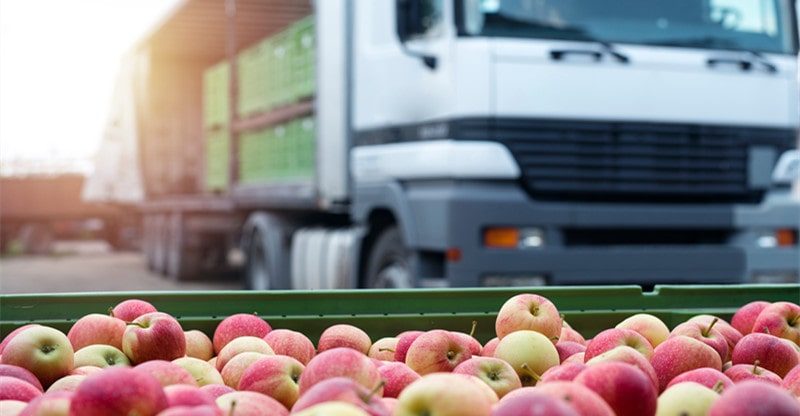Transportation of Food: What Is Important to Know
Food is quite a specific type of goods for transportation as it requires special conditions. Fruits, vegetables, meat, cheese, dry products need different treatment. It is very important to deliver food on time and in good condition, so it could be sold in markets.
Experts from Globalink Logistics know how it is better to pack different types of food and how to transport them. They can offer different variants of transportation for your stuff and food as well. In this article, we will tell you what you need to take into account while transporting food.
Distance from destination
In the past, there were problems with the long distance transportation of food because of the lack of proper transport and equipment to preserve it. Luckily, nowadays, there are a variety of ways to transport food and not to spoil it. One of the main factor of what transport to choose is distance from the place of production to the place of sales.
The most common ways of food transportation:
- air freight;
- rail freight;
- road freight;
- sea freight.
Food that has a short shelf life, like meat or mangoes, or oversized load are transported between continents using air freight. Within countries or continents, road and rail transportation, especially trains in countries with long distances, are preferred. Sea freight is cheaper and uses specialized vessels like refrigerated cargo and container ships.
Temperature Control
As food is a specific cargo, it requires special treatment. It is important to move it in special conditions and maintain a particular temperature during the transportation. What temperature should be inside the transport depends on what type of food is transported. If the needed temperature is not maintained, it may cause a lot of problems.
Maintaining proper humidity and temperature control during food transportation is crucial to ensure the safety of fresh or frozen products. If the temperature inside a food truck rises, bacteria and pathogens can grow. Therefore, it is very important to keep the food cool and refrigerated during transportation to prevent spoilage of it.
Contamination
Conditions of transportation are very important because food can be contaminated easily during the transit. Food should be transported in closed boxes that protect it from the dust and pollutions. There is no way food can be transported in the vehicle where chemical substances were stored before. Food can easily absorb chemical elements and people can get poisoned.
Continuing the topic of importance of temperature control during transportation, it is necessary to say about contamination of food. Wrong temperature control during transportation can lead to food spoilage caused by the growth of bacteria. Signs of bacterial contamination include an unusual smell, changes in color, and a sticky or slimy texture. Consuming contaminated food can result in food-borne illnesses caused by pathogenic microorganisms.
Typical bacteria that can develop in food are:
- staphylococcus;
- salmonella;
- clostridium;
- campylobacter.
The usual symptoms of food poisoning are nausea, stomach pain, diarrhea, vomiting, feeling weak, headache, fever.
Moreover, another problem is cross-contamination. If only one item is contaminated, bacteria can spread over all others. Low temperatures help to slow down this process and prevent spoiling of all the food in this baggage.
Conclusions
Food transportation needs proper preparation. First of all it is necessary to find out what the shelf time of products you’re gonna transport is. After this, you will understand how long the travel of food can be and will decide in what way to transport it.
When you choose the transportation company, make sure it can provide proper conditions of transportation, such as appropriate time of transportation, temperature and humidity. The quality of food delivered to consumers depends on proper transportation and storage, so it is important to check everything twice.



